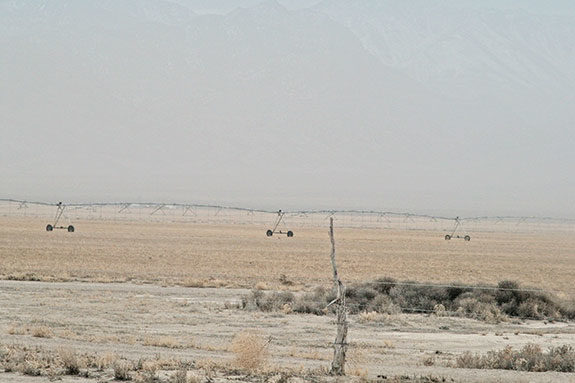A hay-growing operation morphed into a dairy in the aftermath of dealing with the volcanic ash that coated the area three to five inches deep.
Kennon Forester, the second generation of the Foresters, then went into growing hay, which complemented his parents’ dairy.
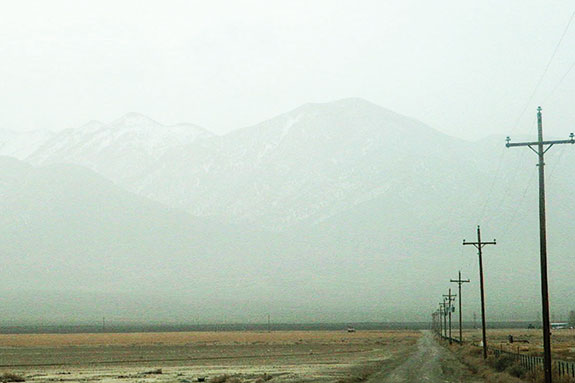
Kennon says that for 30 years he’s farmed his home place of about 200 acres and done custom harvesting and sharecropping on other hay acreages in the region.
“I’m landlocked where I am,” Kennon explains as he tells of his pending move to southeastern Nevada.
“It seems that we spend half of our time moving harvesting equipment from place to place.
We’ve been lucky, but one of my fears is a bad wreck while moving oversized loads of hay machinery on the roads.”
Apple and cherry orchards have also done well on the Royal Slope in Washington, so well that they have inflated the value of farmland.
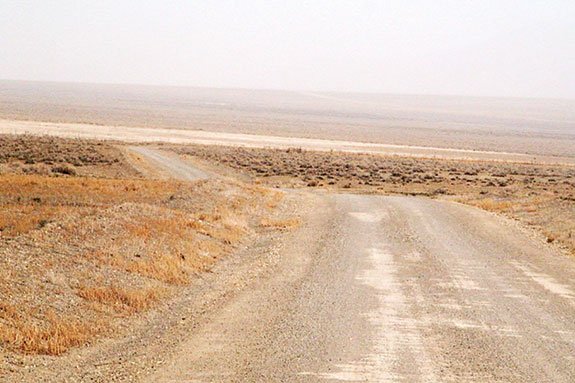
Kennon says that he got an offer for his farm that was hard to turn down, but he asked the orchard that made the offer to hold it until he could find another farm.
The difference in value of land per acre in Washington State and in Nevada made the financial plan work.
So why move to Nevada? “I found 1,600 acres of hay ground all in one spot,” explains Kennon.
“From the house and shop complex, the farthest hayfield is about one mile away, no matter which direction. It’s also 100 miles to town.”
Kennon says that his experience doing custom haying far from the home shop prepared him to be able to farm so far from a parts house.
“My service trucks may not be pretty,” Kennon explains, “but carried in each service truck are all the spare parts to get me going in 95 percent of in-the-field repairs and maintenance.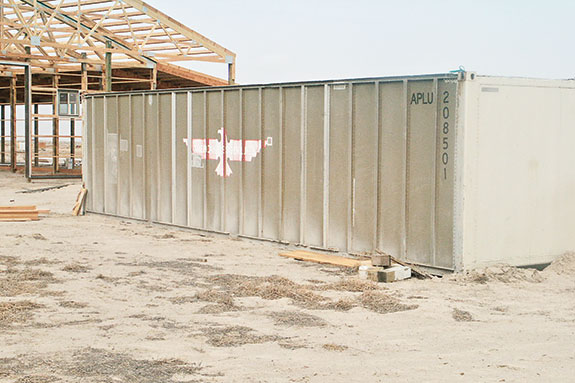 “
“
The closest implement dealer is in the area delivering parts once a week in the growing season. We will also have a home in town close to school and church.
That makes two times a week to have access to parts. That’s more than we had when I was custom haying 150 miles from home in Washington.”
He adds, “It takes a bit to get your mind around it all, but farming there is very doable.”
Kennon’s new farm is officially located near Nyala, Nevada. The GPS won’t find it – and it takes the Nevada Gazetteer map to locate it on paper.
I’ve been helping Kennon in the move by driving one of his trucks loaded with farm equipment to the new digs.
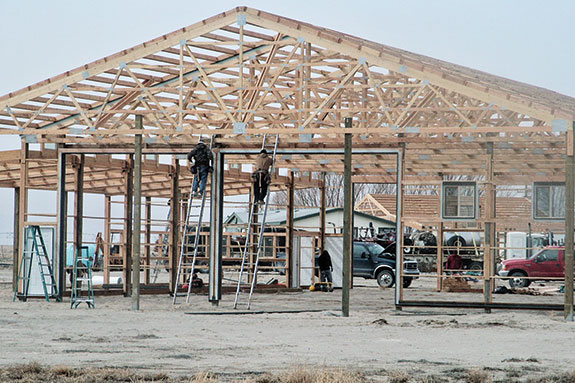
Upon being asked why he didn’t just have a farm sale, and then buy farm machinery locally instead of trucking everything 850 miles, Kennon says, “I got this stuff at farm sales. I know what it would bring. Believe me, it’s more cost-effective to haul what I have to Nevada.”
Irrigation is from wells. “At the start of irrigating season, the water is only 40 feet down. It seems to draw down to about 125 feet, but fills back to 40 feet in a reasonable timeframe,” Kennon explains when asked about water.
The elevation is just about 4,800 feet above sea level. Due west is Death Valley. Due east is St. George, Utah.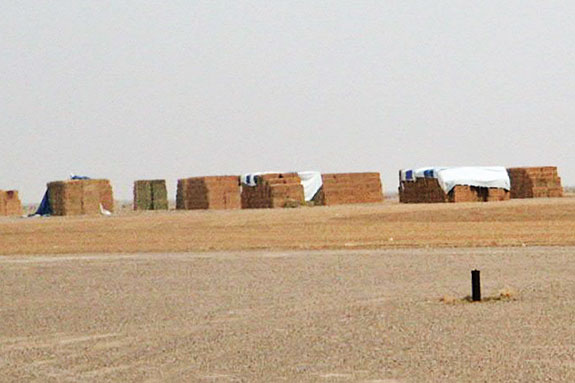
“Did you know they have winter down there?” Kennon asks.
On an early trip, he took only one truck so he could stay and work at the new farm. When he got ready to come home, the truck wouldn’t start.
“It was 17 degrees below zero, and I did not have a ‘currant bush’ where the truck was parked to plug it in and keep the engine warm. I was at least eight hours getting the fuel ungelled so I could start the truck to go home,” he says.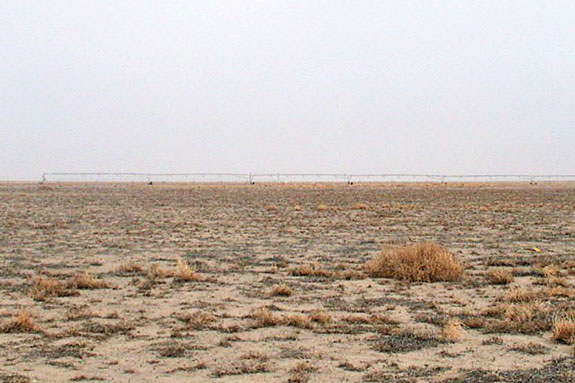
The ranch is part of what appears to be an ancient lake bed. According to geology as found on the Internet, that ancient lake bed pre-dates Lake Bonneville by several million years.
It appears perfectly flat, with mountains in the distance to the east and west. To the north and south, there is a horizon that may have mountains on it, but it’s a long way away.
Kennon comments on markets for his hay: “Somehow, word spread, and I have had a number of inquiries about my hay already. I may be in the middle of nowhere, but surrounding the middle of nowhere are dairies and exporters who need hay.”
If Mother Nature cooperates with decent weather, the Nevada hay should be of “to-kill-for” quality. FG
PHOTOS
PHOTO 1: Distant mountain: The day before I was at the ranch, the south wind blew in a haze of dust that hung on. These are the surrounding mountains. Kennon said there are huge elk up there. They leave the hay stacks and hay fields alone because there is no cover down near the farm land.
PHOTO 2: One of the first things anyone needs to know when moving into a remote area is whether or not there is three-phase power there. If there is, your power bill will be a fraction of what it would be with only single-phase. That means (with 3-phase) you have 440- or 480-volt service to run big compressors and water pumps.
PHOTO 3: This is the super-highway of dreams. There is a reason why the road in seems to follow the lay of the land instead of being flat. Summer thunderstorms can send torrents of water down from the surrounding mountains. If the roads ran level instead of dipping to match the terrain, these torrents of rainwater would wash out the road and make for a major rather than a minor repair.
PHOTO 4: The shipping containers are filled with supplies from the farm shop in Washington. Kennon said that one of the frustrations of the big move is to need something in Washington and realize it is in Nevada. While loading the containers Kennon noted that he found thousands of dollars worth of parts that he did not know he had. Anyone using the same farm shop for 20 years will understand.
PHOTO 5: The first order of business is to have the necessary tools to farm. That includes an all-weather place to repair machinery.
PHOTO 6: Local stackyard: Yes, Kennon will have neighbors. And they also grow hay.
PHOTO 7: An irrigation circle pivot in the distance before things start to turn green. Photos courtesy of Brad Nelson.
